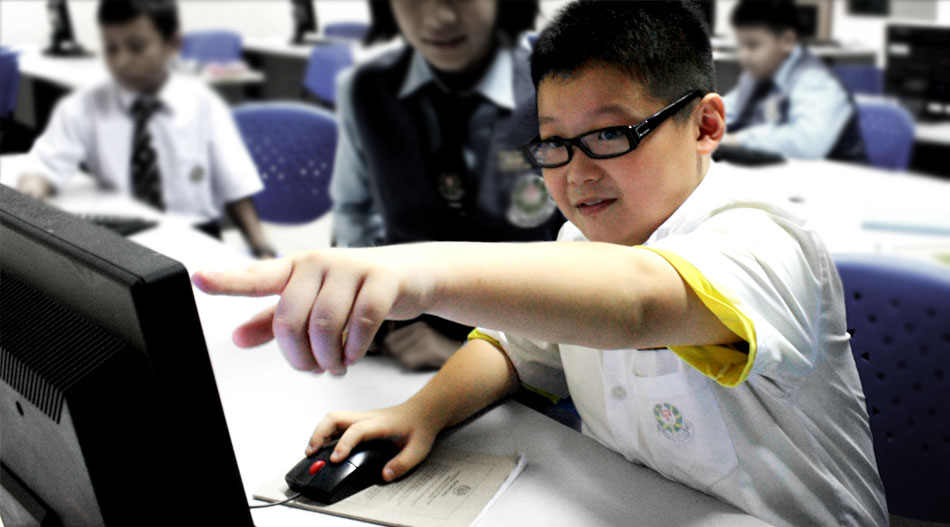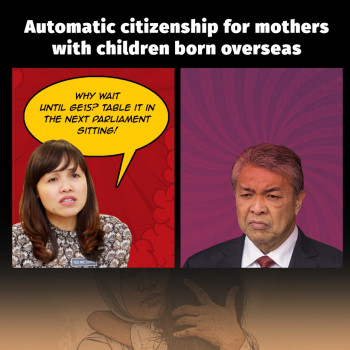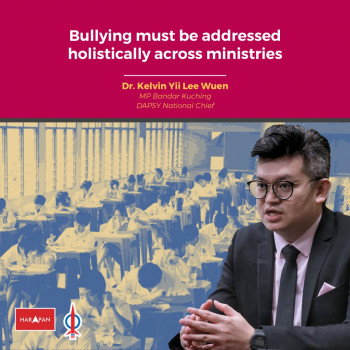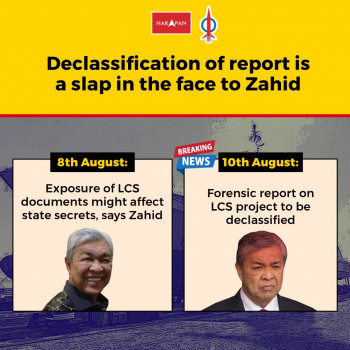By Zairil Khir Johari, MP for Bukit Bendera
For more than a year, I have raised many concerns about the implementation of the 1BestariNet project to install high-speed 4G broadband across all 10,000 schools throughout the country, as well as a Virtual Learning Environment (VLE) platform for e-learning.
The project, which began its rollout more than two years ago, has cost the taxpayers more than RM1 billion, broken down into RM663 million for a 2.5 year broadband internet contract, RM250.3 million for VLE licensing fees and RM262.8 million for management and maintenance costs.
As a matter of principle, I do not dispute the use of information technology (IT) in schools, as it has wide potential in terms of cultivating creativity and allowing access to infinite knowledge. However, the wisdom of rolling the system out in all 10,000 schools at one go without taking into account factors such as the local context, capability of teachers and ability of students to utilise this infrastructure is definitely questionable.
However, based on feedback I received from schools throughout the country, usage of this high-tech system is minimal. This raises the question of whether 1BestariNet will suffer the same fate of the PPSMI project, where more than RM3 billion was spent on IT hardware to facilitate the teaching of Mathematics and Science in English. Unfortunately, most of the hardware remains unused in school storerooms.
Based on a Parliamentary reply I received yesterday, it would appear that my fears have come true. According to the Minister of Education, to date a total of 8,886 schools have been equipped with the 1BestariNet infrastructure. However, data for the week of 5 to 11 September 2014 shows that only 137,237 students logged into the VLE system. Out of this number, only 76,096 or 55 per cent actually used it for more than 30 minutes that week.
In other words, after more than two years implementation and despite the fact that it is available is 8,886 schools throughout the country, it is being used by less than three per cent of students. This averages out to about 15 students per school. Worse still, the number of students who actually used the system for more than 30 minutes a week averages at 9 students per school.
With such disappointing numbers, the Ministry must answer whether the YTL, the telecommunications giant that was awarded the project, will receive receive a contract extension. At the same time, the Ministry must also explain how it intends to encourage greater use of this system and ensure billions of taxpayer money is not wasted on another white elephant project.




